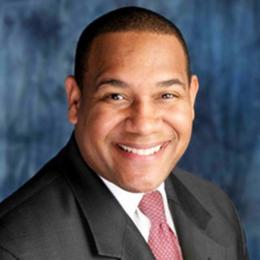Historically, the term “best practices” arose from a management tool many of us know well: benchmarking. For something to be considered a best or leading practice, the management or production process around it became so uniform that many entities adopted it. In other words, we’ve basically figured this thing out, so follow our lead.
I’m being a bit facetious here, “our lead” in this case referring to those of us in the legal profession, and more aptly those practicing in-house. In many ways, the resources ACC provides are vast collections of best practices across industries that your in-house colleagues have contributed to assist you and your legal department. Take this issue of the ACC Docket, which is focused on leading practices and filled with articles on everything from developing your fundraising skills (more of us are being asked to do this, especially those who work in the nonprofit sector) to patent laws made easy (a word not normally associated with patents). Each author presents a set of guidelines, so to speak, that you can use within your own practice to develop a plan or address a concern.
And as lawyers, we have many concerns. The cover story outlines one: the legal risks associated with the Internet of Things (IoT). IoT refers to devices embedded with sensors, making it possible for those devices to communicate with one another. Think your ability to control the thermostat from your laptop or set your DVR from your smartphone. While not a new term, the market for IoT is emerging and so are the risks. Think about the data that’s transferred between devices manufactured by different companies in different locations. Data. The risks associated with that word alone are enough to keep chief legal officers up at night. When it comes to IoT, the author included a checklist — a nice addition to any list of best practices. When it comes to managing data and privacy concerns globally, we’ve got a Leading Practices Profile for that issue.
ACC’s Leading Practices Profiles include insights from practicing lawyers detailing how their legal departments have addressed the various issues that cross a general counsel’s desk. Recent profiles include “Leading Practices in Privacy and Data Security: Compliance Programs Across the Globe.” An update of a 2010 profile, this one examines the data security and privacy practices of six companies with operations spanning the globe.
You can’t develop a leading practice without strong leadership and the leaders represented within the ACC board of directors definitely possess this characteristic. It has been an honor serving as your chair this year and I know that I leave you in very capable hands with Sabine Chalmers, chief legal and communications officer at Anheuser-Busch InBev. Your new chair will undoubtedly share many best practices, as she offers a new perspective and fresh ideas that will only serve to move ACC forward.
I have more to share with you (actually an article will appear in November’s issue on a topic of great importance to me — diversity) and I hope to see you at this year’s ACC Annual Meeting, Oct. 18–21, in Boston, MA. Not only does the Annual Meeting offer the chance to network among the world’s largest gathering of in-house counsel, but it also offers the opportunity to learn best legal practices across global industries.
If you haven’t yet contributed to the in-house conversation by sharing your leading practices, I encourage you to do so. Whether you author for the ACC Docket or submit a Leading Practices Profile, your in-house peers will gladly follow your lead — as you’ve undoubtedly followed (or will follow) theirs.




